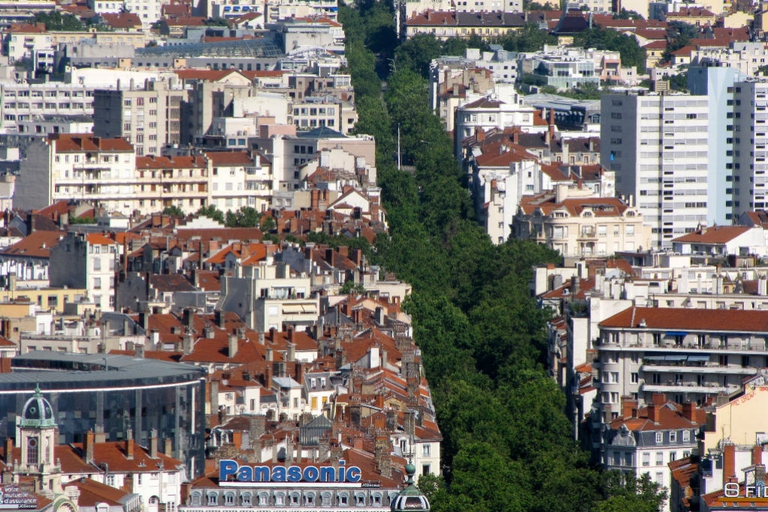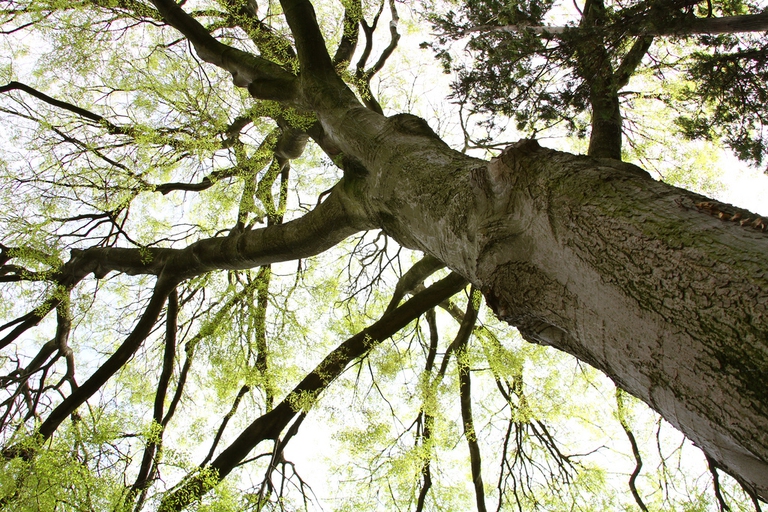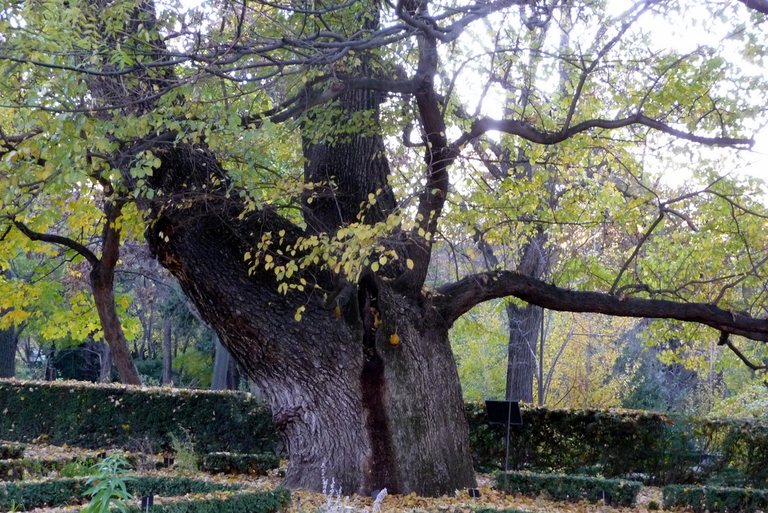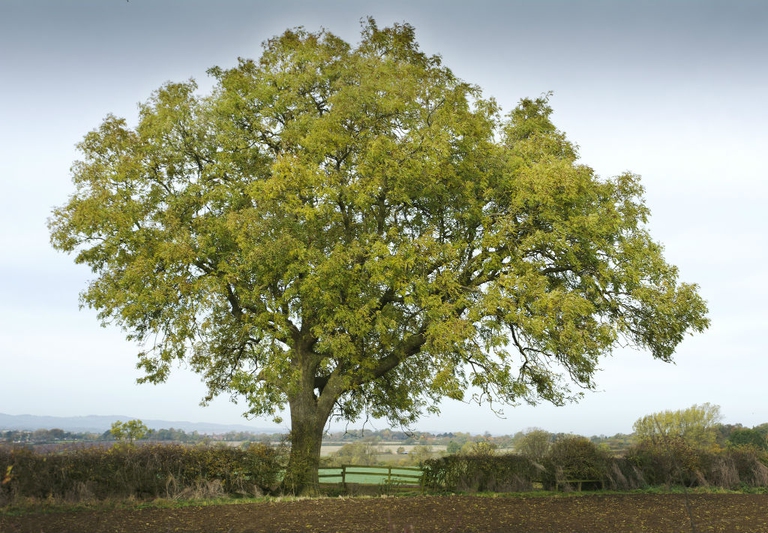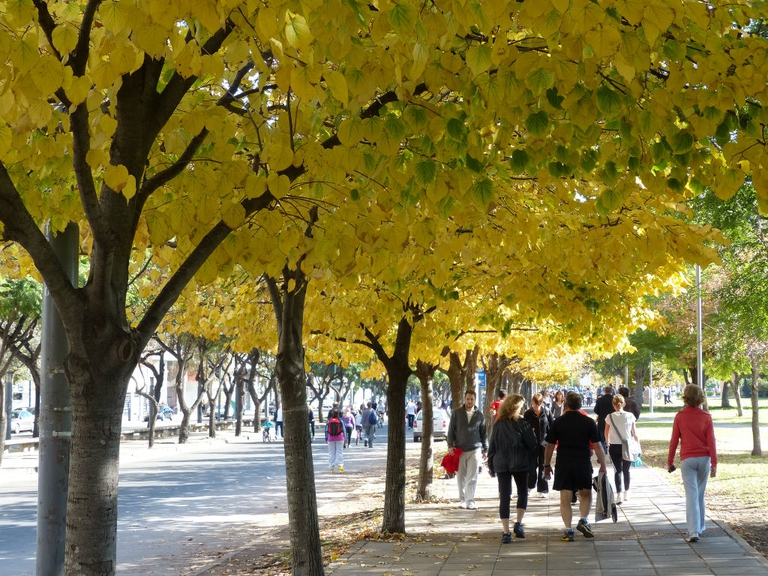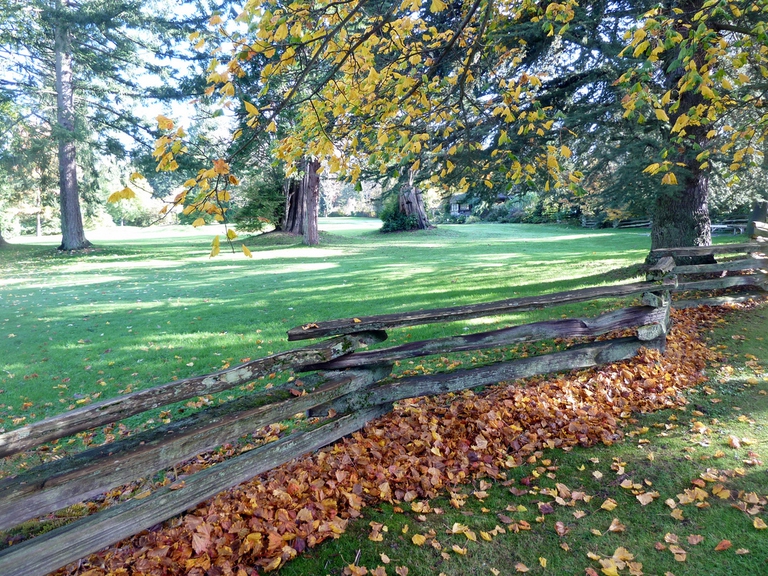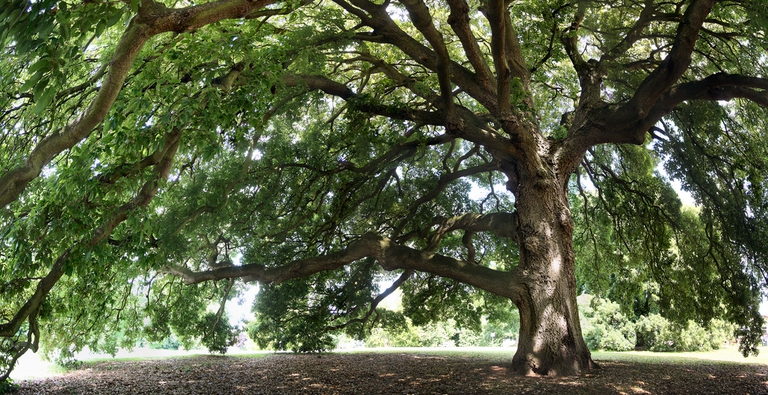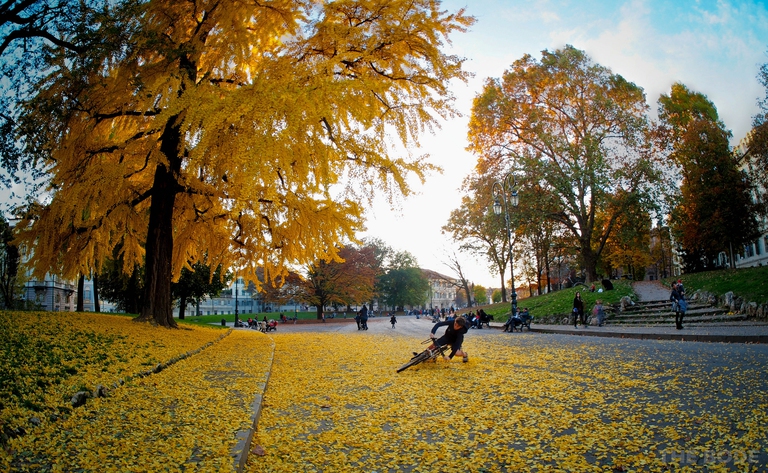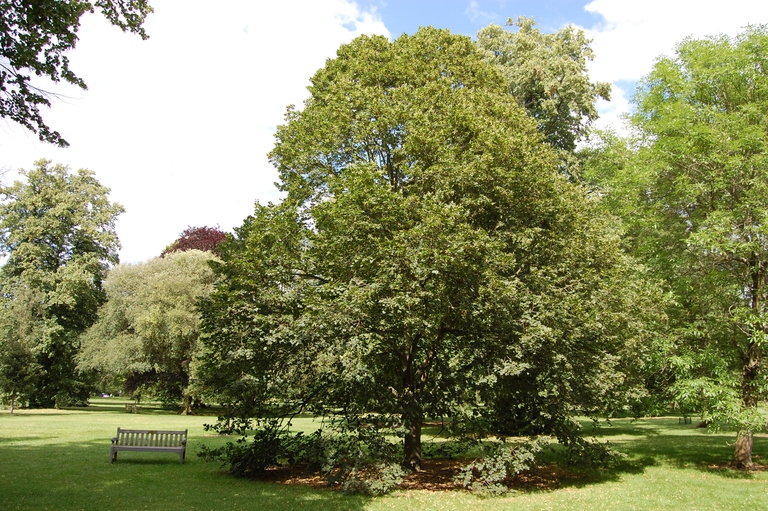
The Amazon became an alternative classroom during the pandemic. Now, the educational forest in Batraja, Bolivia, lives on to teach children and adults the value of nature.
Trees play an important role in reducing emissions and smog in big cities. There are species that are more suited for this purpose, here are a few.
From Chinese metropolises to European cities, most urban centres have been fighting the problem of pollution for decades. Some, like Paris, have put forward a draconian plan to reform mobility, proposing a future ban on the most polluting cars. Nevertheless, there’s another key element to solve this problem: increasing the space dedicated to urban forests or green areas. Relying on the role of trees in cities is vital not only for air quality at the local level but also in order to fight climate change, in an attempt to fulfil the objectives set by the Paris Agreement.
Green spaces are a source of wellness for all living beings, including humans. In conurbations they can have many functions, including the reduction of “heat islands” with consequent decreases in temperature and pollutants, and their ability to absorb atmospheric CO2. But there are some tree species that are particularly suited to these purposes due to their physical and physiological characteristics. It’s recommended to opt for them when expanding urban forestry in big cities.
Read more: Urban forests, cities’ answer to climate change (and much more)
Bologna‘s Institute of Biometeorology in Italy, led by Doctor Rita Baraldi, compiled a list of trees that can reduce air pollution. “This study, a cooperation between Bologna Municipality and the European Life+ project, set out to find out which plants are best suited to a city like Bologna,” Doctor Baraldi explains. Considering a life cycle of 30 years, researchers evaluated the ability of each plant to absorb CO2 and subsequently transform it into biomass, as well as its ability to fix chemicals such as benzene, nitrogen oxide, dioxin and others through its cuticles and plant hairs, parts that have a detoxifying function because they filter air pollutants.
Moreover, the study evaluates each plant’s potential in producing volatile organic compounds (so-called VOCs, odorous substances perceived by humans as well as animals) that can increase the concentration of ozone in the atmosphere. Therefore, these should be limited especially in densely populated areas.
“We categorised the plants according to their CO2 accumulation mechanism, at least 2 tonnes in 30 years, and in every category we included subcategories concerning the reduction of pollutants and particulate matter,” professor Baraldi explains. These assessments resulted in a list that public administrations as well as citizens can consult.
A fast-growing plant that can grow up to 20-25 metres. It’s particularly suited to absorbing carbon dioxide (3,660 kilos in 20 years) and effectively capturing pollutants.
This columnar tree is also large and can grow up to 30 metres. It too can transform thousands of kilos of CO2 into biomass, with a medium-high potential of absorbing pollutants.
A large deciduous tree that can exceed 30 metres in height. It is fast-growing especially in its early years and can store over 3 tonnes of CO2 in 30 years. This is also an excellent plant to reduce pollutants.
A tall variety, one of the ancestors of the common linden. Lindens are typically planted in cities and gardens. This variety is excellent in capturing CO2 and effectively reducing smog.
A tall, fast-growing tree, that can grow up to 25 metres. It has a high CO2 storage capacity (4,807 kilos in 30 years).
A tall tree of the Fagacae family that can even reach 35 metres in height. It absorbs large amounts of carbon dioxide (4,000 tonnes) both if planted in a city or park.
The last specimen of an ancient group of plants now gone extinct, a living dinosaur. It grows slowly, has an excellent capacity of cleaning the air and absorbing CO2.
A fast-growing plant that is widely used to line the avenues of cities and parks. This is another species highly capable of reducing urban smog.
Siamo anche su WhatsApp. Segui il canale ufficiale LifeGate per restare aggiornata, aggiornato sulle ultime notizie e sulle nostre attività.
![]()
Quest'opera è distribuita con Licenza Creative Commons Attribuzione - Non commerciale - Non opere derivate 4.0 Internazionale.
The Amazon became an alternative classroom during the pandemic. Now, the educational forest in Batraja, Bolivia, lives on to teach children and adults the value of nature.
Sharon Lavigne, one of the six winners of the 2021 Goldman Environmental Prize, is fighting to protect her community from plastics corporations.
Plastic pollution is airborne too. Microplastics are being carried across continents by the wind, as a recent study reveals.
Our species took its first steps in a world covered in trees. Today, forests offer us sustenance, shelter, and clean the air that we breathe.
Levels of particulates in New Delhi in 2020 were once again far above safety thresholds, with extremely serious health consequences for its citizens.
A major oil spill in the Ecuadorian Amazon in April has left the Coca River polluted. The indigenous Kichwa are suing the companies whose pipelines broke.
Molecules that eat up plastic waste, including PET bottles, may soon become widely used as scientists leap ahead in developing new super enzymes.
In Italy’s Land of Fires between Naples and Caserta, activists like Carmen Medaglia are fighting to promote new ways of managing waste.
Toxic substances in Kamchatka’s waters have killed 95% of marine fauna and caused health problems for surfers. The causes, however, are still unknown.
